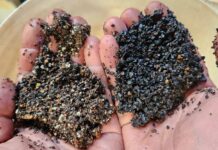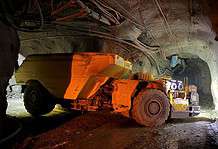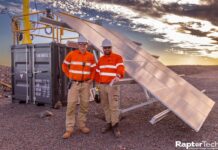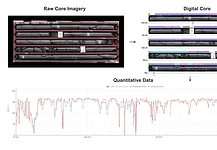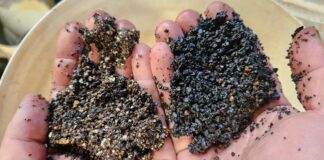Northern Territory progresses towards carbon capture and storage hub, enabling low-emission industries

Carbon Capture and Storage (CCS) is drawing closer to reality in the Northern Territory (NT) as the government collaborates with industry leaders to establish a common-user hub at Middle Arm.
This initiative aims to utilise emissions from current and future natural gas processing operations to support the development of low emissions industries that utilise carbon dioxide (CO2) and clean hydrogen as feedstocks.
A recent report by Australia’s national science agency, CSIRO, underscores the potential of CO2 utilisation to drive low-emission manufacturing in the NT.
The report explores various CO2 utilisation prospects that can enable low-emission manufacturing and boost the Territory’s economy.
It expands on CSIRO’s earlier CO2 Utilisation Roadmap released in 2021.
By integrating CO2 utilisation technologies into local hub developments, the NT could transform waste CO2 into valuable commodity products.
The report identifies five key CO2 utilisation opportunities: manufacturing methanol, jet fuel, urea, methane, and mineral carbonates within the territory using captured CO2.
The NT’s existing liquefied natural gas industry, its export connections with the Asia-Pacific region, and its vast renewable electricity potential make it well-suited to leverage CO2-derived products and support industry decarbonisation efforts.
Establishing a hub with shared carbon capture utilisation and storage (CCUS) infrastructure alongside hydrogen production facilities will facilitate the deployment and scaling of CO2 utilisation opportunities.
Furthermore, the development of a large-scale CO2 storage hub holds the potential to drive the growth of low-emission and advanced manufacturing industries.
It also positions the region as a significant emissions management hub, encompassing southeast Asia.
In a recent speech at an oil and gas industry conference in Adelaide, Minister King expressed her commitment to supporting carbon capture and storage technology.
She believes that CCS offers a significant opportunity for emissions reduction in Australia’s energy resources sector.
“Perhaps the single biggest opportunity for emissions reduction in the energy resources sector is through carbon capture and storage (CCS),” said Minister King.
The minister acknowledged the need to scale up CCS and announced plans for public consultation on a new round of greenhouse gas storage acreage.
NT Chief Minister Natasha Fyles expressed the NT’s emergence as a prominent player in global supply chains and the energy transition.
Minister Fyles emphasised the Middle Arm development’s commitment to sustainability and job creation.
“We have always said the core component of the Middle Arm development is sustainability and will include renewable energy,” she said.
“We are creating new jobs for Territorians in existing and emerging sectors, including low-emissions energy, advanced manufacturing, and low-emissions minerals processing.”
“The creation of a Carbon Capture and Storage industry in the Territory will allow us to develop more projects, as we work towards clean, green energy,” said Minister Fyles.
NT Mining and Industry Minister Nicole Manison underscored the government’s collaboration with key industry players like CSIRO, INPEX and Santos to establish the carbon capture and storage common-user hub.
Minister Manison emphasised the strategic importance of creating an industry that can provide essential energy security to Australia and the region in the coming years.
“Our Government is working with CSIRO, INPEX, Santos and other big industry players to establish a carbon capture and storage common-user hub at Middle Arm,” she said.
“We are making sure we are creating an industry which will be able to provide crucial energy security to Australia and the region, into the future.
“Carbon capture and storage is vital to achieving net zero emissions, which is why the Northern Territory Government has also commissioned “Carbon Capture and Storage Hub Study”, undertaken by the Global Carbon Capture and Storage Institute, in addition to this report.”
CSIRO’s Dr Andrew Ross highlighted the critical role of Carbon Capture and Utilisation within a low emissions industrial ecosystem.
“The potential near and long-term role of Carbon Capture and Utilisation within a Northern Territory Low Emission Hub is an important input to understanding the interaction between different industries in the context of a low emissions industrial ecosystem”
As the NT Government and industry stakeholders forge ahead with plans for the carbon capture and storage common-user hub, the vision of a greener and more sustainable future grows increasingly within reach.



